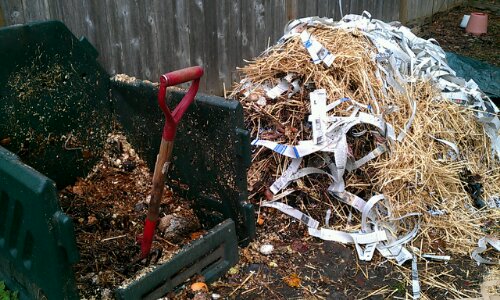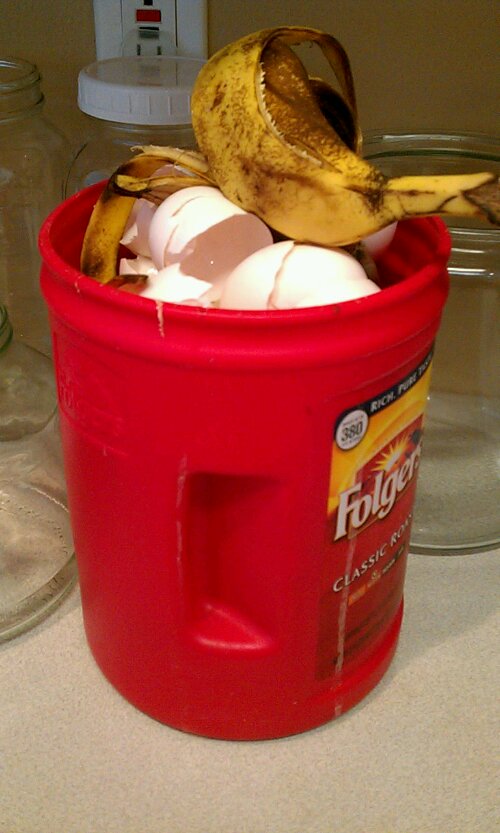Another rainy day in the Willamette Valley. For those of us here in western Oregon, along with many other areas of the country, its time to get the spring garden going. For reference, I am in USDA zone 8a. It’s a temperate maritime climate with a good winter chill, but relatively warm compared to most of the US.
As far as growing food goes, I am no expert. Many years ago, I grew a few ‘maters and who knows what (who can remember) but only in the last few years have I seriously ventured to produce food. Sometimes I wonder what right I have to share my limited knowledge with others but then I realize that my journey may be just as valuable as any other more expert advice. As I study, plant, re-plant, adjust, edit, document, try, and try again, I gather experience and insight invaluable not only to myself but, hopefully, to others. I am blessed to have connected with a bounty of friends on Facebook. Happily, they seem always to be ready to help me learn, understand and grow. I don’t fail because the only true failures are failure to try and failure to learn. As long as I keep trying and learning, I am succeeding.
So, while the rain drips, I will ponder how to squeeze the very most from the resources available. Space, sunlight, weather, water, nutrients, and my garden goals all have a role in this planning. My homestead is a mere 1/3 acre in a rural town. Neighboring trees shade much of my current growing area (6 raised beds) so that planning becomes a very big deal. I pay for my city water.
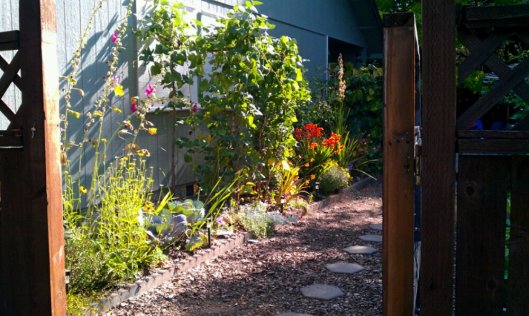
This south facing border used to be filled with flowering perennial. it now is home to tomatoes, green beans, parsley, and purple cabbage. As you can see, the shade from neighbor's tree falls just short of this space. This photo was probably taken about noon sometime in mid-August. my raised beds would be to the right so you can see how much shade the take the first half of the day. Some of them stay mostly shaded all day.
Last spring, I evicted some lovely but not so edible perrenials from a prime south facing raised border to make way for more food plants and was so happy I did. The tomatoes loved the spot and, staked, trimmed and trussed, produced nicely despite a lousy summer for heat-loving crops. Several of the shadier raised beds were given over to lettuce, carrots, chard and other crops not so sun-needy. A quick Google search will provide you with sites listing plants that produce in the shade but its pretty simple. Plants that produce fruit (fruit being the seed bearing portion of a plant such a peppers, tomatoes, corn etc.) need the most sun. Plants grown for leaves, roots, or stems require less sun to produce well. Sometimes they even produce a preferable product with some shade. These plants include lettuce, chard, carrots, etc. A few plants such as green beans buck the rules a little. Green beans will produce well in part shade but won’t give you quite the crop they will in full sun.
Companion gardening is another piece of my planning. Here, I will say, it can become very confusing. I look over some lists of good and bad companions and just do my best to group plants accordingly without letting it make me crazy. Only a few combos are really a problem so don’t let it make you crazy either.
This leads me to one of my most challenging considerations in my garden plan. Space. 1/3 acre can grow a lot of food BUT I don’t have 1/3 acre to grow food. A house, some outbuildings, play equipment for children, lawn (I know!), and inhospitable ground all take chuncks from the available total. Every year, I want to grow more. Before you get really serious about starting your garden, you will probably want to take a few minutes to consider your goals. If your goal is to preserve lots of food, your plan will be a little different than if your plan is to eat fresh from your garden year-round.
This year I have several goals:
1. Grow and preserve all the tomatoes products my family will consume in the next year.
2. Grow our family supply of delicious organic popcorn!
3. Harvest year-round or as near to it as possible.
If you are like me, you want it all and will put in quite a few hours crafting the perfect plan for your family. Whatever your goals, don’t let the various considerations hang you up to the point you don’t move forward! Take a chance, make some notes and if it doesn’t go like you planned, adjust the next planting and enjoy giving it another go. The journey is as fun and valuable as the destination.
Resources to Help Plan Your Perfect Garden
EWG’s Shopper’s Guide to Pesticides in Produce (Clean 15 and Dirty Dozen) this guide will help you decide what foods might be good choices for your precious garden space if eating organic is important to you…and it should be!
Oregon State Extension publication on Fall and Winter Gardening in the Pacific Northwest This .pdf will help gardeners in the Pacific Northwest or similar climates plan what to plant in the spring for summer harvest, what to plant in summer for fall harvest, and what to plant in late summer/fall for overwintering. Also lists best varieties for each.
Best Shade-Tolerant Vegetables (Mother Earth News)
Companion Plants for Better Yields I like this particular chart because it combines both compatible and incompatible combinations side by side, making it easy to use in planning. Please note that plant compatibilities are a matter of opinion and subject to a certain element of disagreement amongst growers.
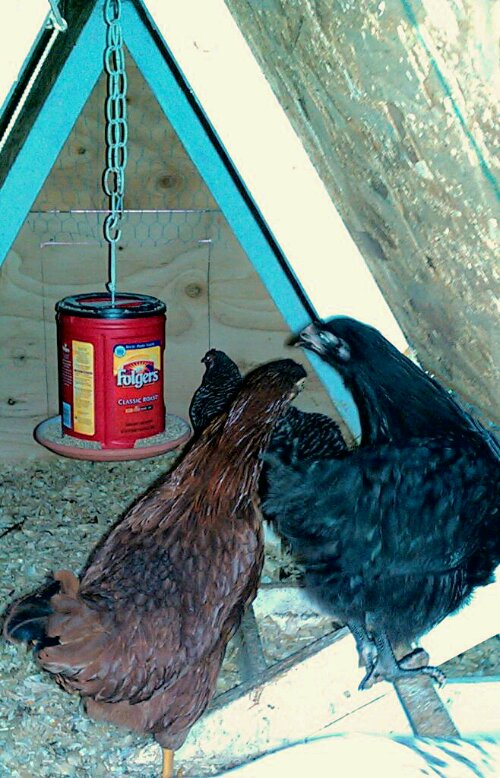

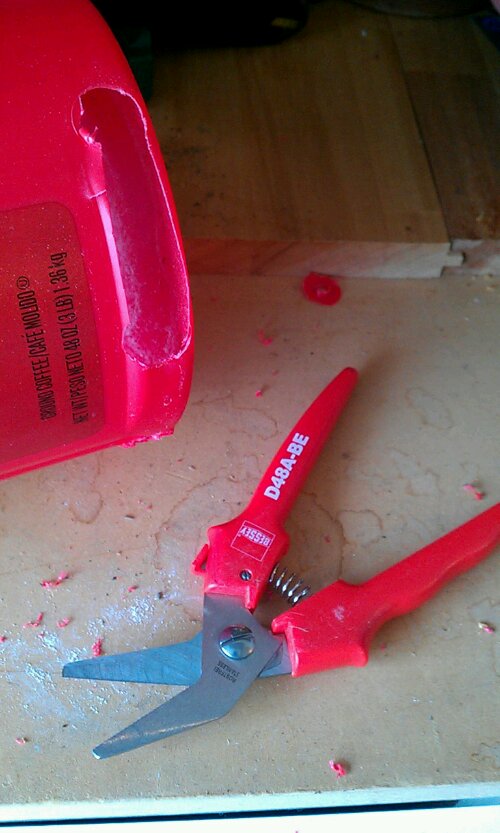

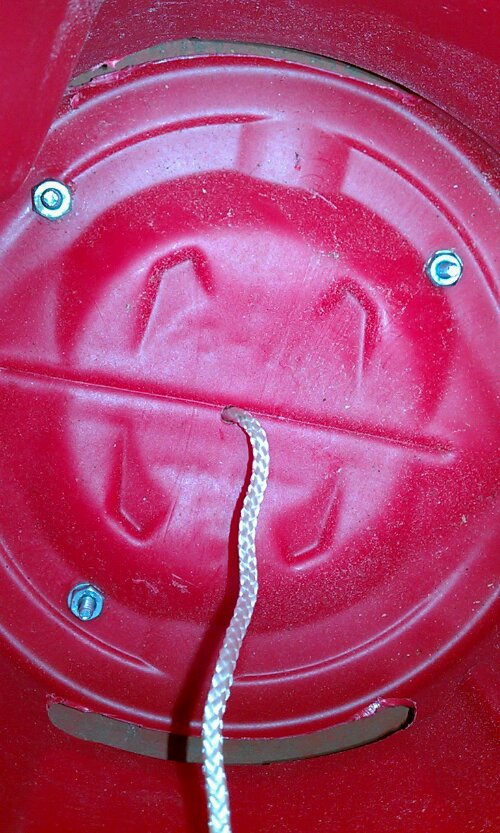




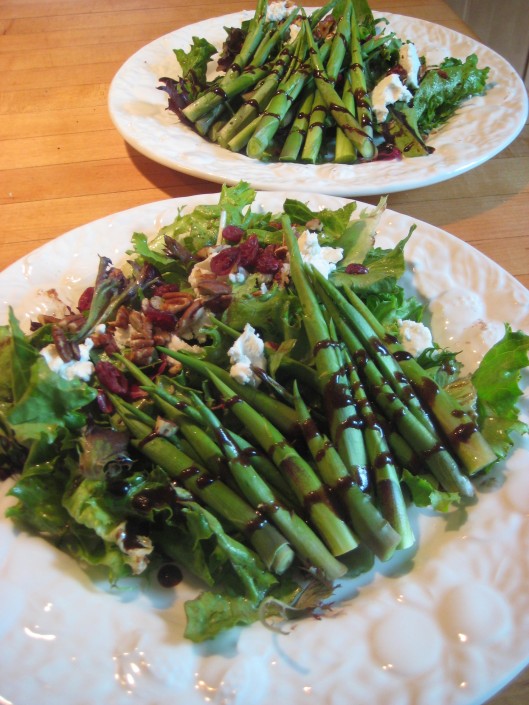
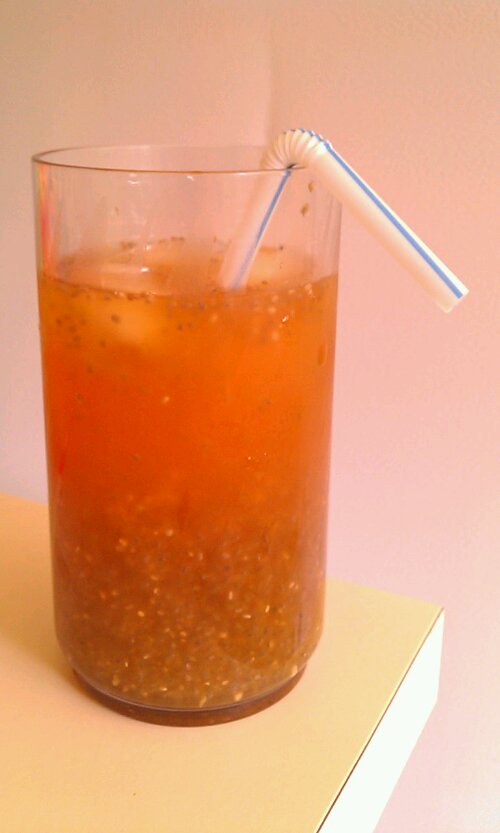


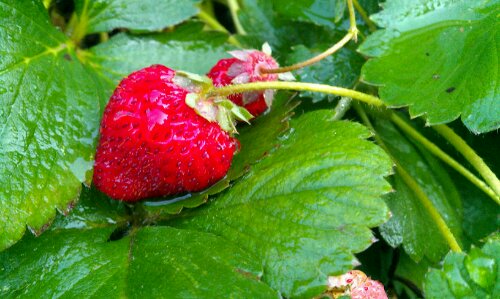
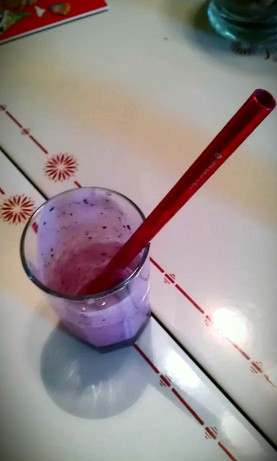
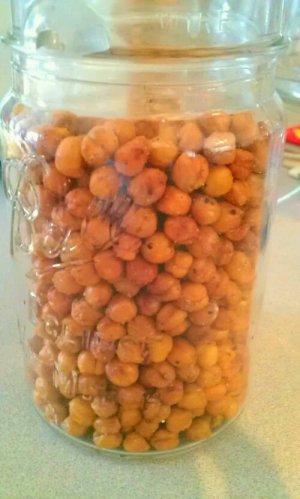

 Irresistible Spicy Chocolate Bars
Irresistible Spicy Chocolate Bars